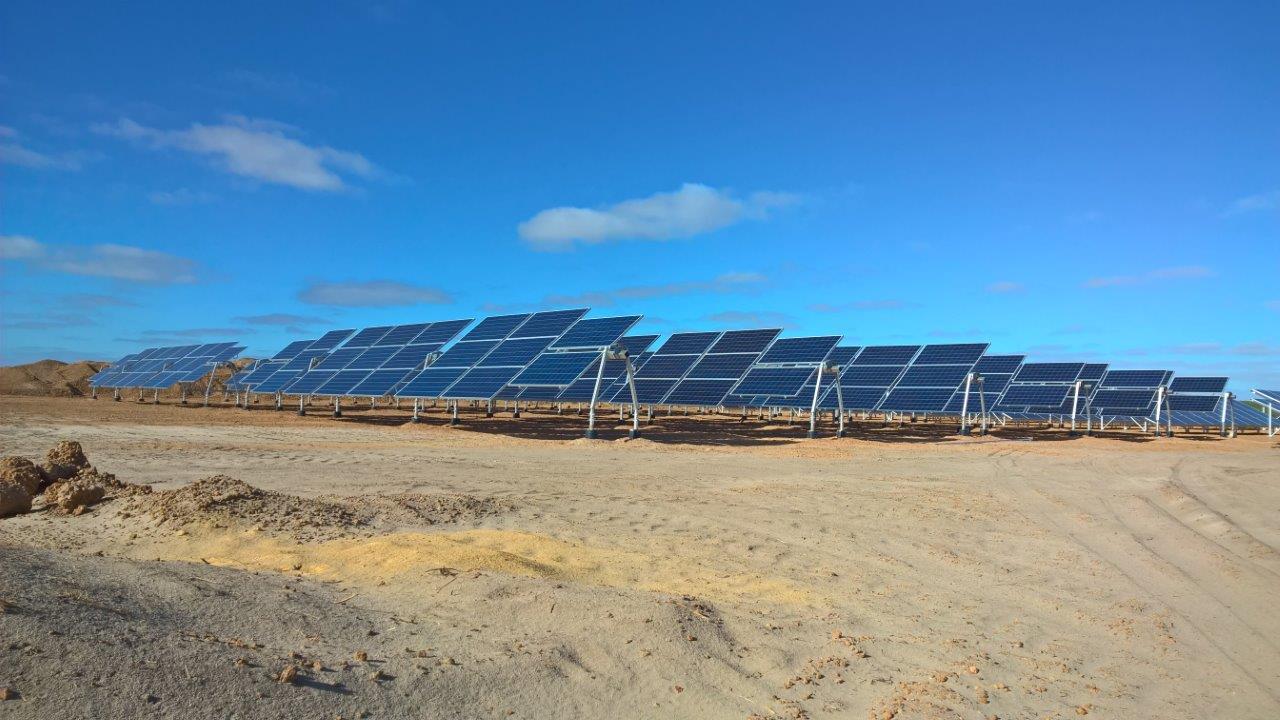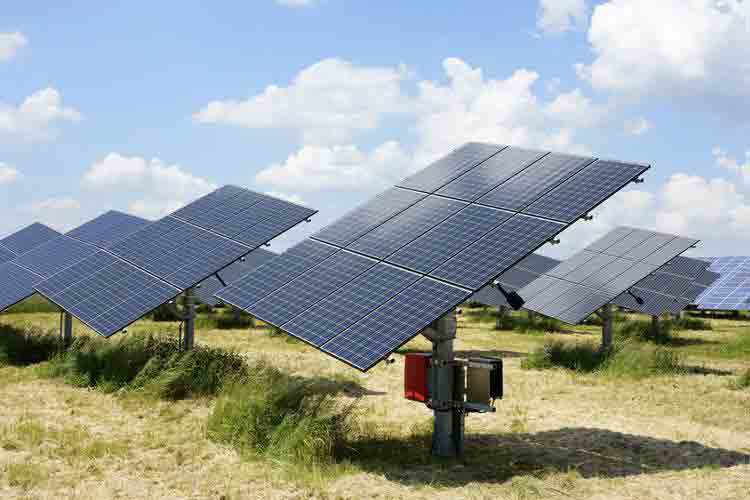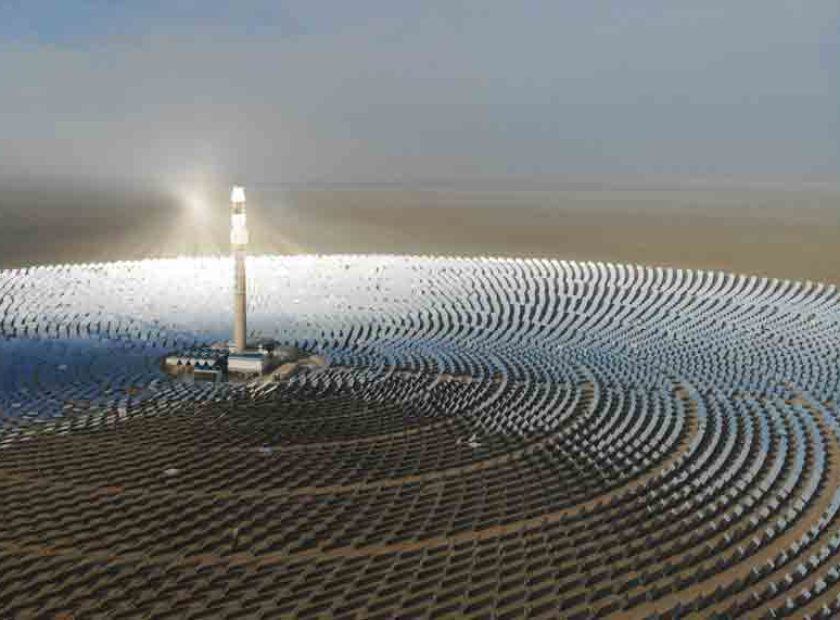
The Impact of Solar Tracking on Solar Power Plant Efficiency
In the rapidly evolving landscape of renewable energy,solar power has emerged as a leading contender in the quest for sustainable and efficient power generation.One of the most significant advancements in this field is the integration of solar tracking systems into solar power plants.These systems,often referred to as”solar trackers”or”solar tracking brackets,”play a crucial role in maximizing the efficiency and output of solar power generation.
Solar tracking is a technology designed to optimize the orientation of solar panels throughout the day.Unlike fixed solar panels that remain in a static position,solar trackers dynamically adjust the angle and direction of the panels to follow the sun’s movement across the sky.This continuous alignment ensures that the solar panels receive the maximum amount of sunlight possible,thereby increasing the amount of energy they can generate.
There are two primary types of solar tracking systems:single-axis and dual-axis trackers.Single-axis trackers pivot around one axis,typically from east to west,to track the sun’s daily movement.Dual-axis trackers,on the other hand,offer a more advanced solution by adjusting both the azimuth and altitude angles.This allows them to capture sunlight more effectively throughout the year,especially during the winter months when the sun’s path is lower in the sky.
The integration of solar trackers into solar power plants can lead to substantial improvements in energy generation efficiency.Studies have shown that solar tracking systems can increase energy output by up to 30%compared to fixed solar panels.This significant boost in efficiency is particularly important in regions with high solar potential but variable sunlight conditions.
For example,in areas with frequent cloud cover or seasonal changes in sunlight intensity,solar trackers can help mitigate the impact of these variations.By constantly adjusting the panels to face the sun directly,they ensure that the solar power plant operates at peak efficiency even on less-than-ideal days.This translates to a more consistent and reliable energy supply,making solar power a more viable option for meeting the growing energy demands of modern society.
The benefits of solar tracking extend beyond just increased energy output.Economically,the higher efficiency of solar trackers can lead to a faster return on investment for solar power plant owners.The additional energy generated can be sold back to the grid at a premium,offsetting the initial cost of installing the tracking system.In the long run,this can result in significant financial savings and a more profitable renewable energy project.
From an environmental perspective,the increased efficiency of solar power plants equipped with solar trackers means that more clean energy is generated with the same amount of installed capacity.This reduces the reliance on fossil fuels and helps to mitigate the environmental impact of traditional power generation methods.By maximizing the efficiency of solar energy capture,solar tracking systems contribute to a more sustainable and eco-friendly energy future.
While the benefits of solar tracking are clear,there are also some challenges and considerations that need to be addressed.The installation and maintenance of solar tracking systems can be more complex and costly compared to fixed solar panels.The moving parts in tracking systems require regular upkeep to ensure smooth operation and prevent mechanical failures.Additionally,the initial investment in solar tracking technology may be a barrier for some solar power plant developers,especially those with limited budgets.
However,advancements in solar tracking technology are continually addressing these challenges.Modern solar tracking systems are becoming more reliable,durable,and cost-effective.Innovations in materials and design are reducing the wear and tear on components,while improved monitoring and control systems allow for more efficient maintenance and troubleshooting.
Solar tracking represents a transformative technology in the solar power industry.By enabling solar panels to capture the maximum amount of sunlight throughout the day,solar trackers significantly enhance the efficiency and output of solar power plants.The economic and environmental benefits of this technology make it a valuable investment for renewable energy projects.As solar tracking systems continue to evolve and become more accessible,they will undoubtedly play a crucial role in the ongoing transition to a more sustainable and efficient energy future.






